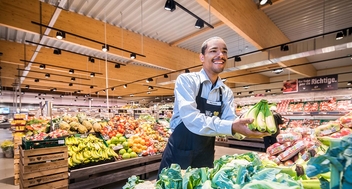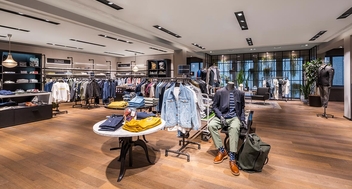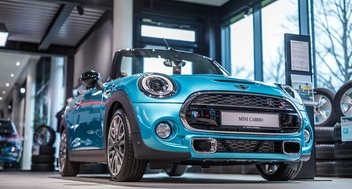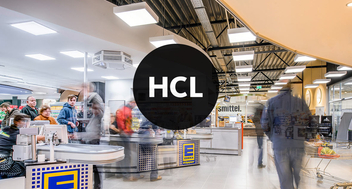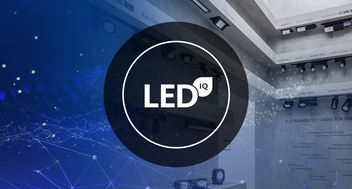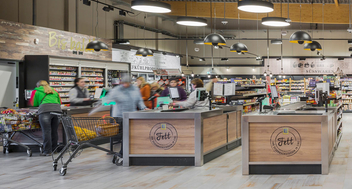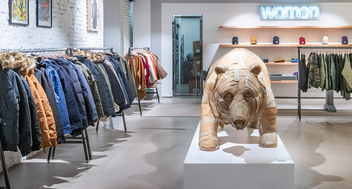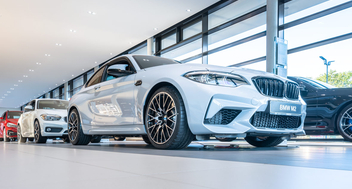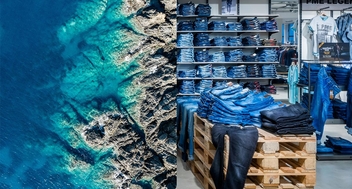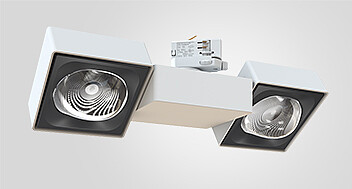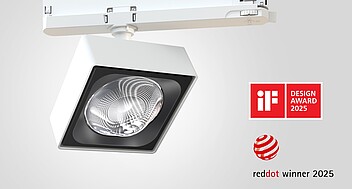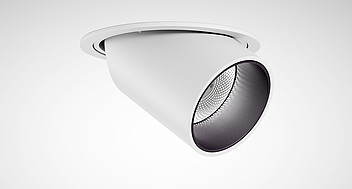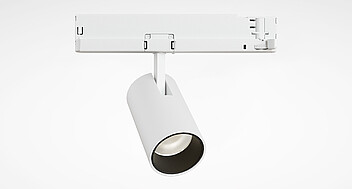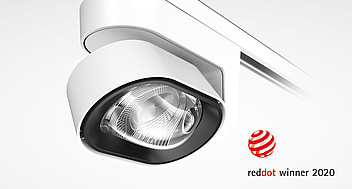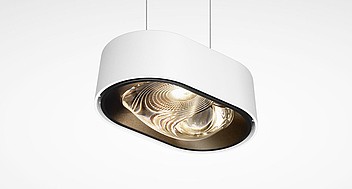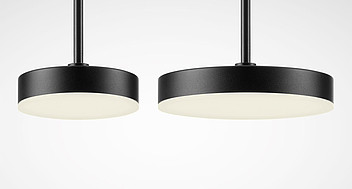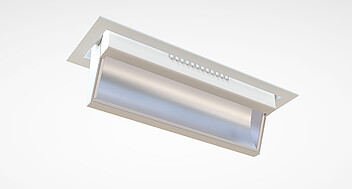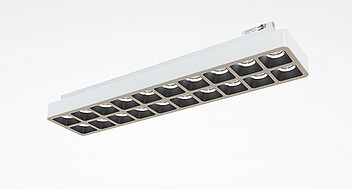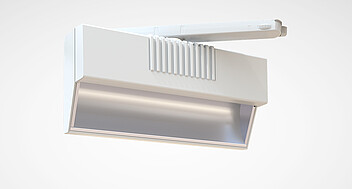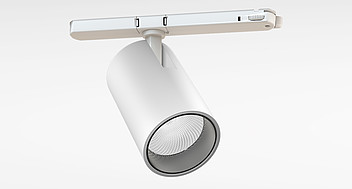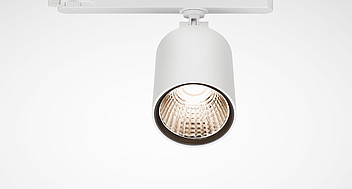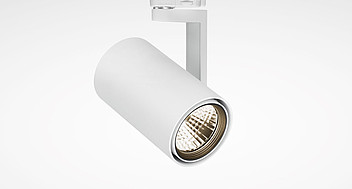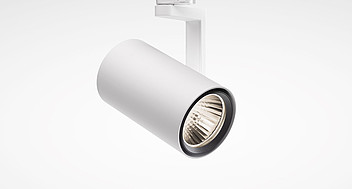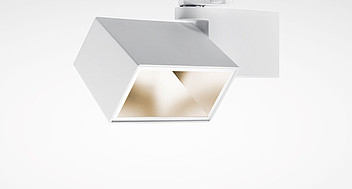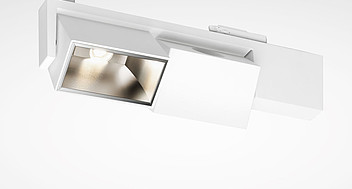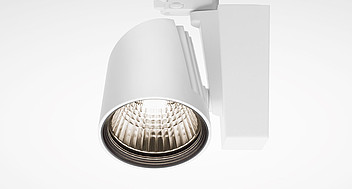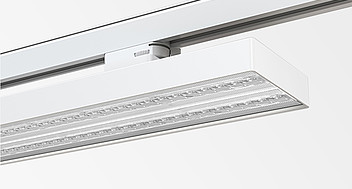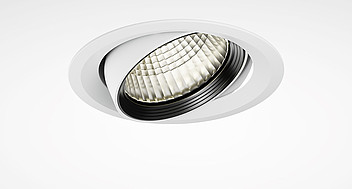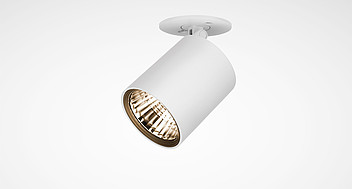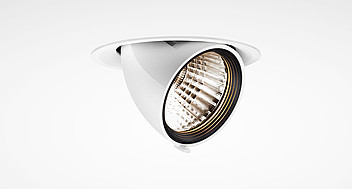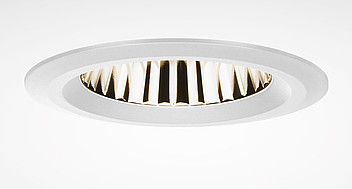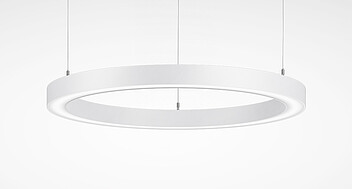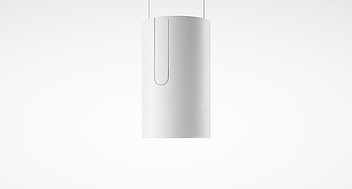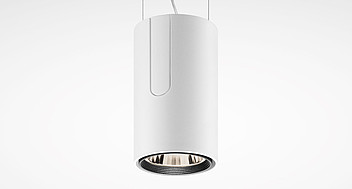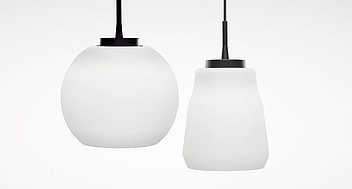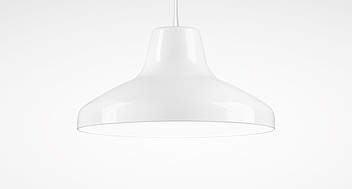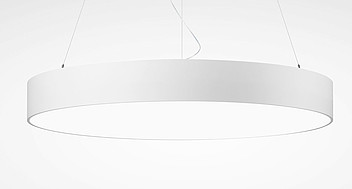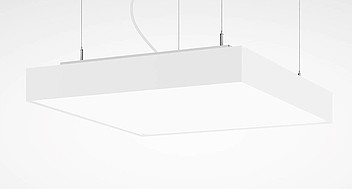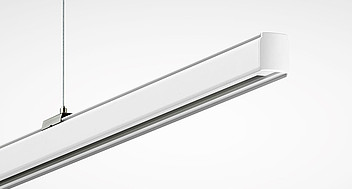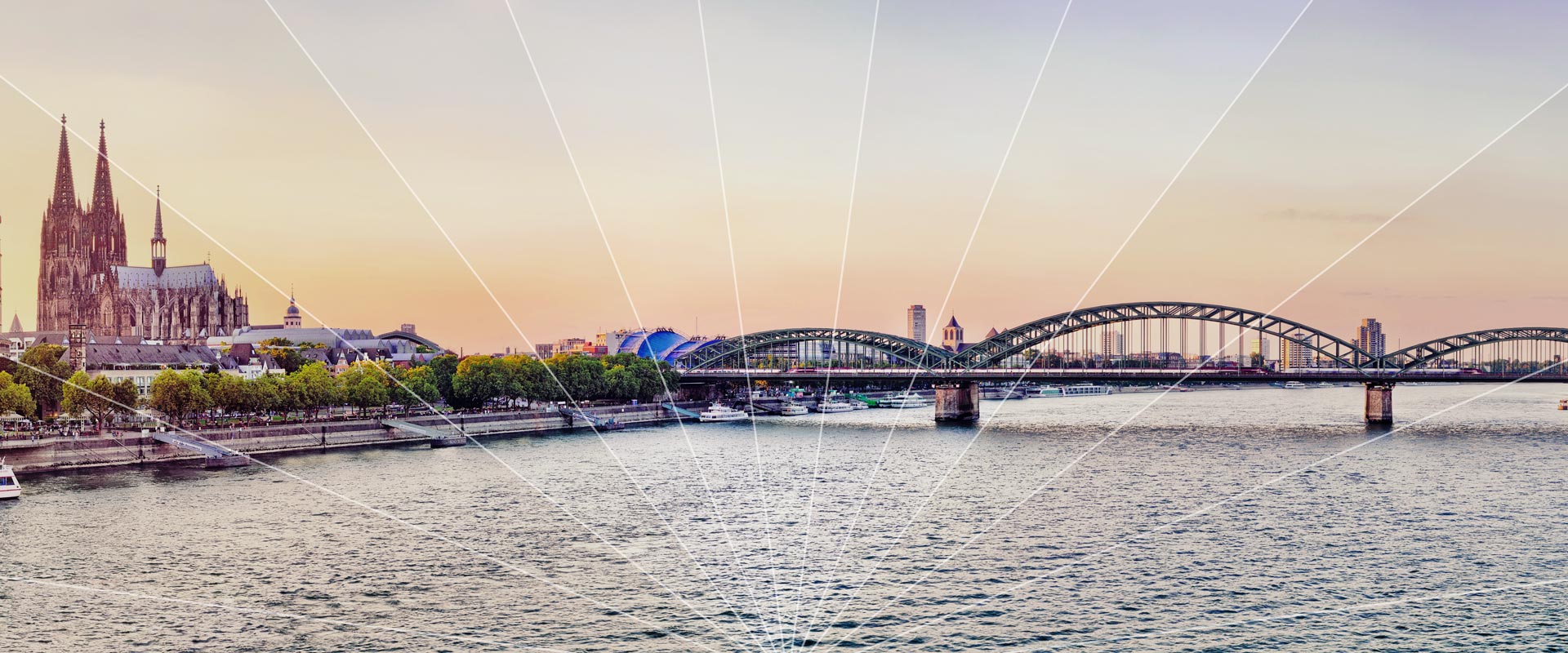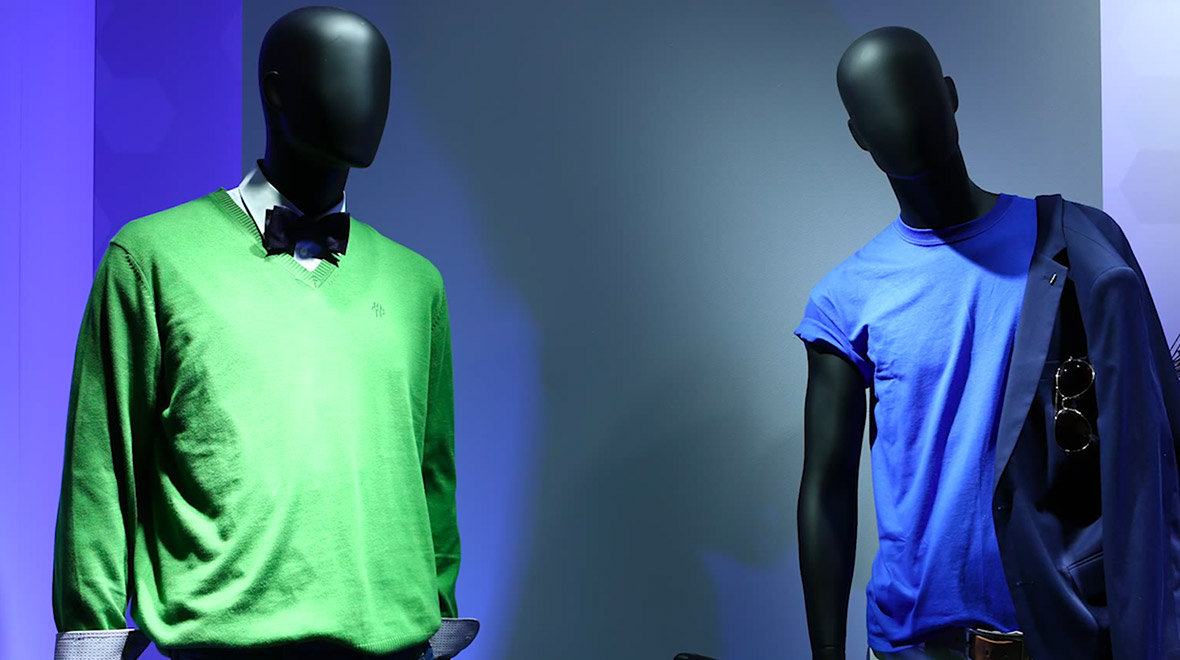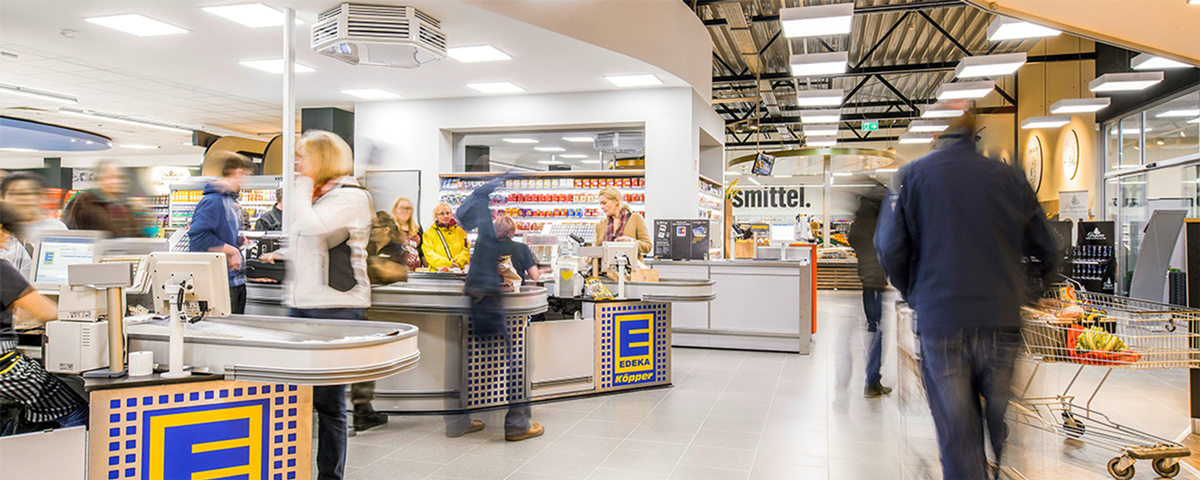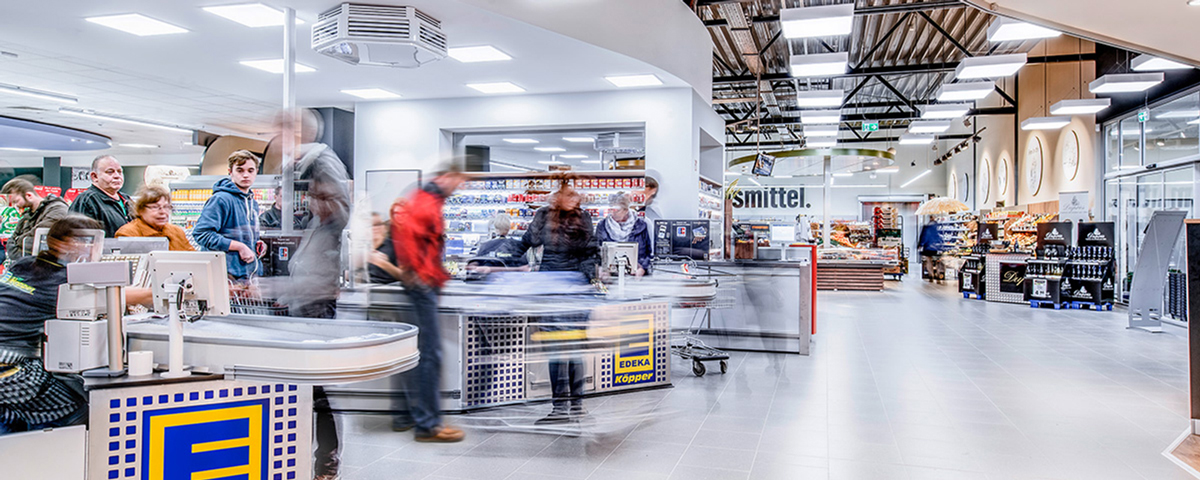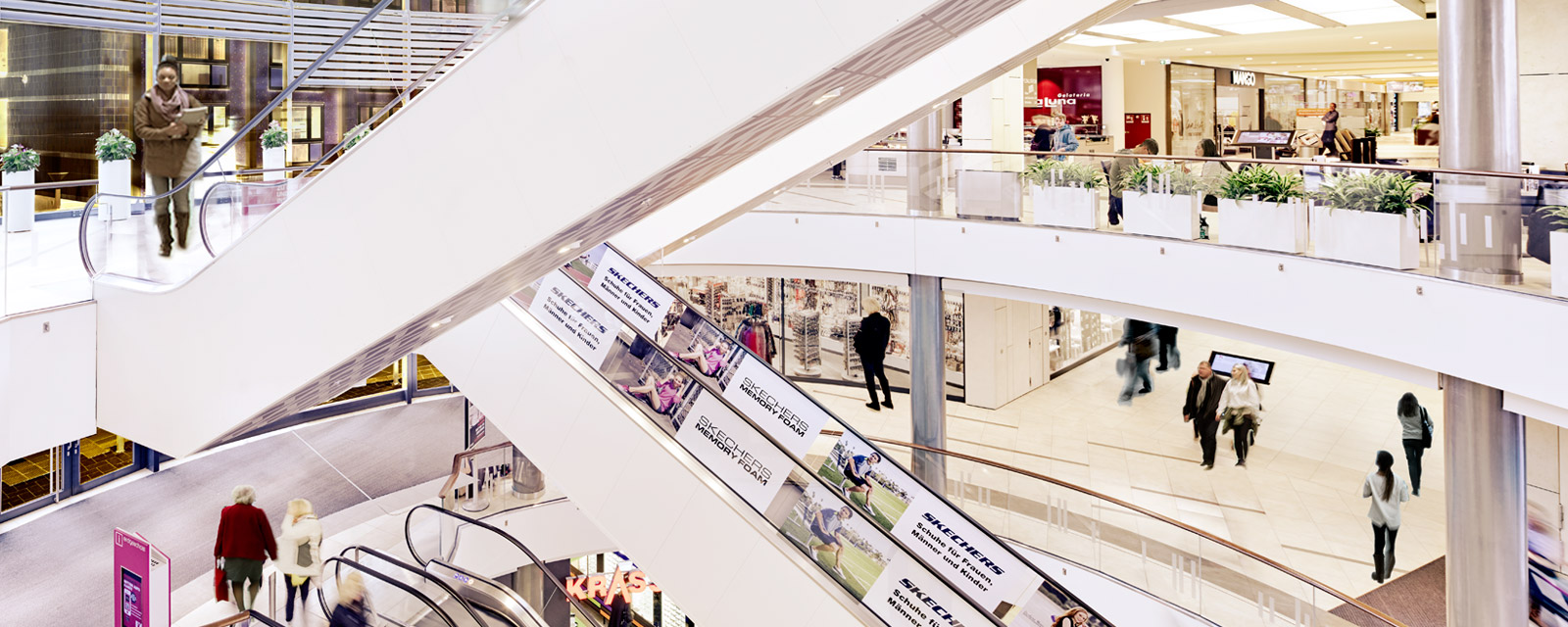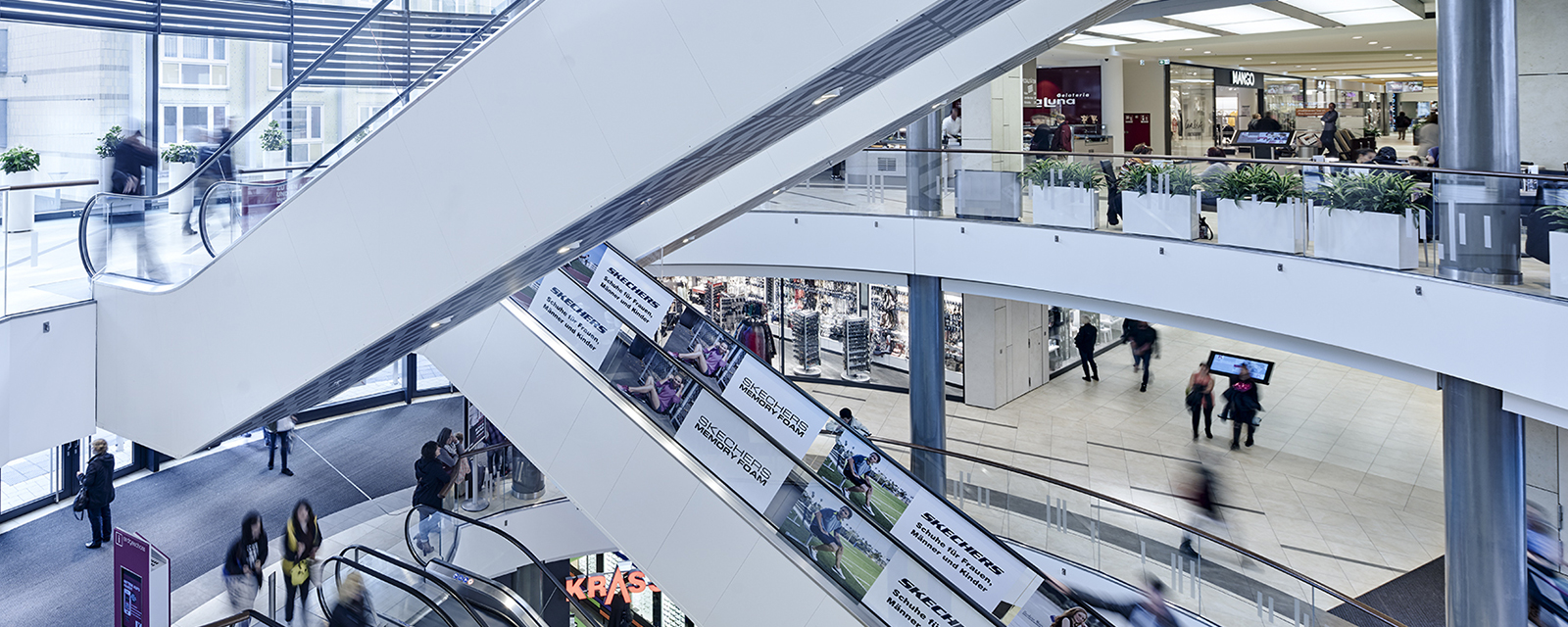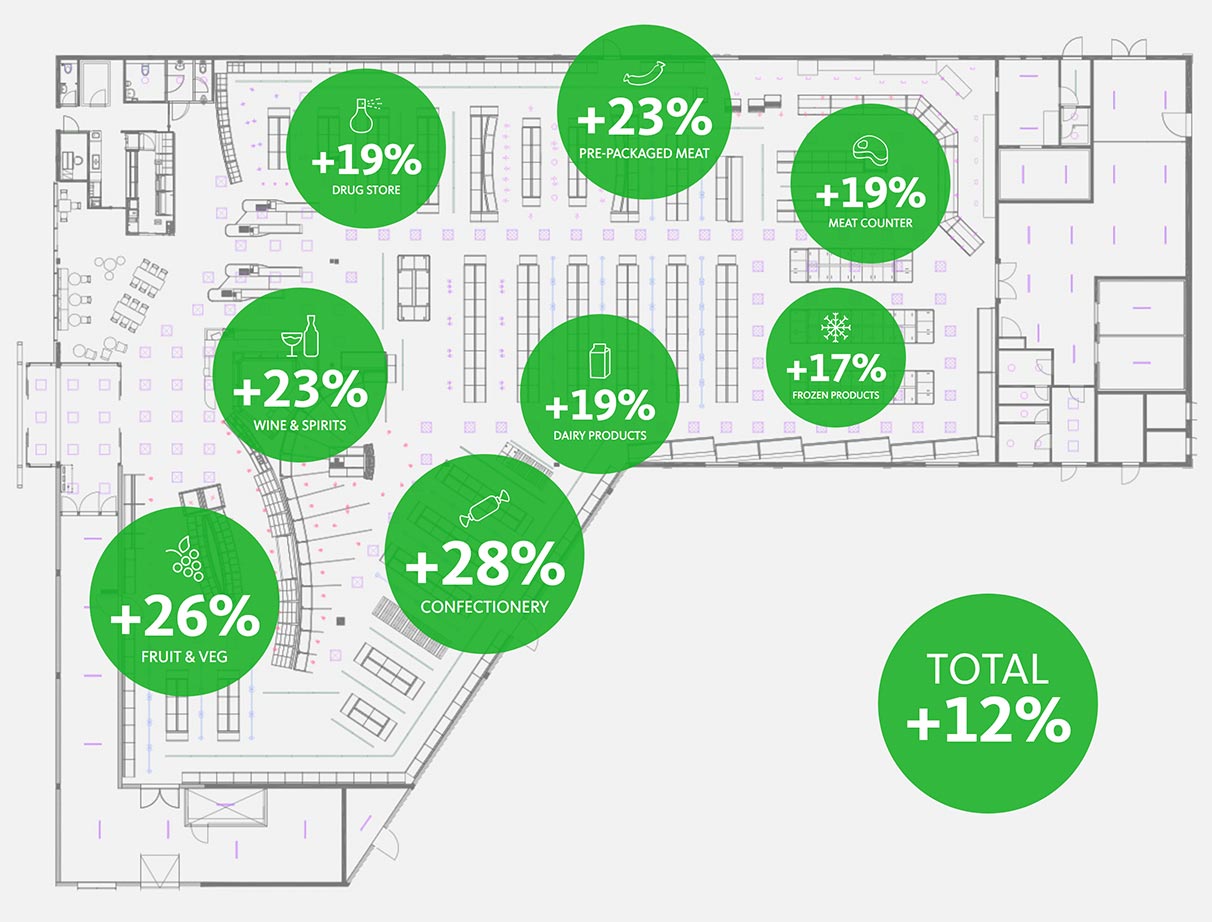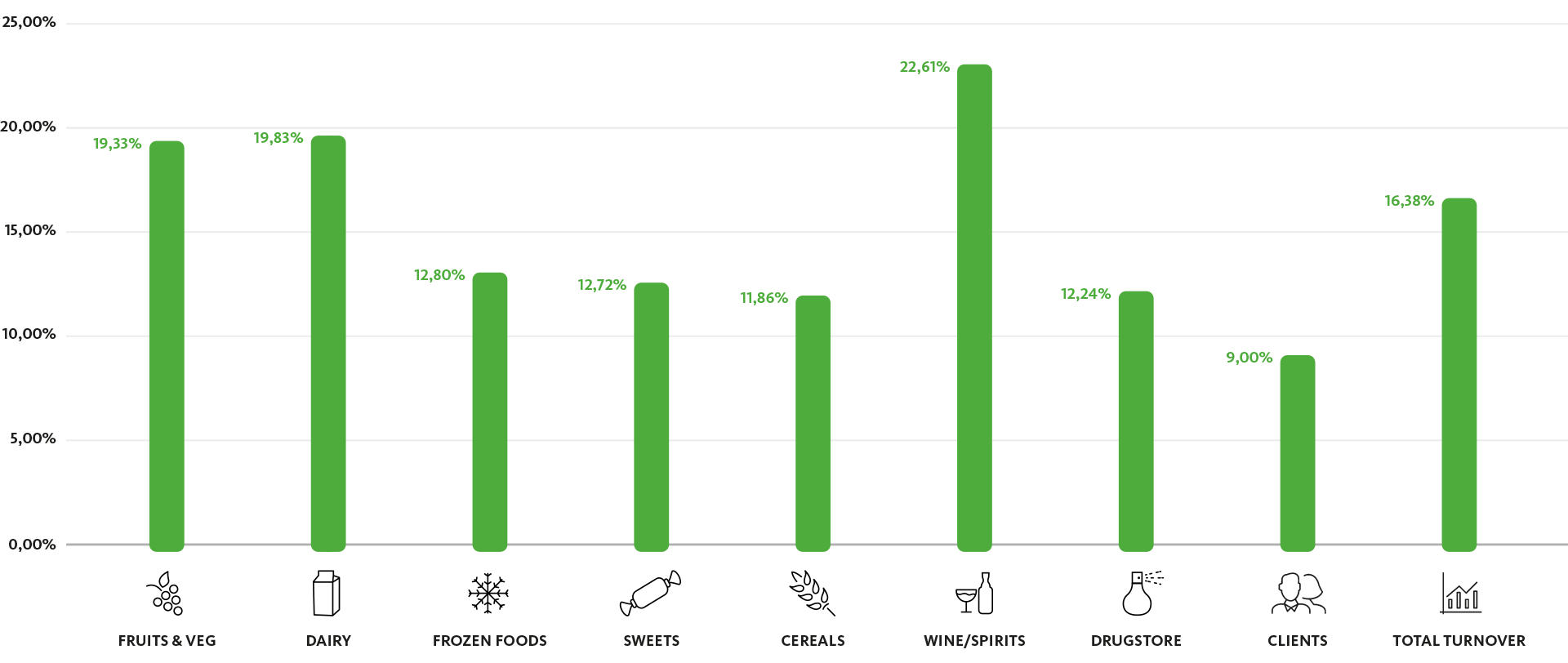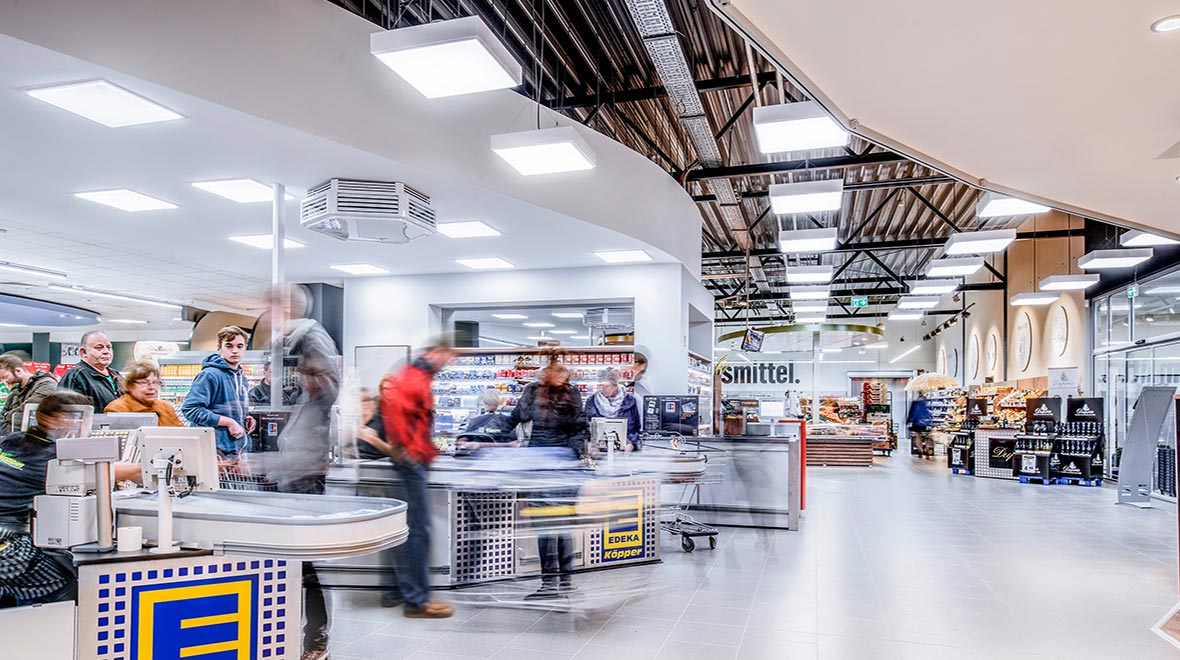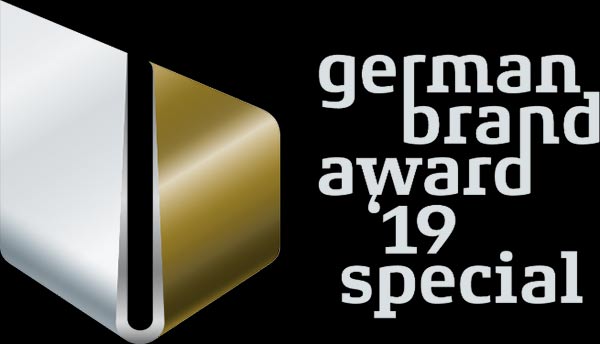H
Light is used not only for visual orientation. Certain wavelengths which are present in light also influence physiological processes such as concentration and performance, the hormonal waking/sleeping rhythm and the general feeling of well-being. Or put differently: HCL ensures that we feel well!
With its emotional effect light is an effective instrument of sales promotion. The range extends in this case from complex scene setting with lighting for a luxury label to the cool and business-like lighting concept for the textile discounter. Both produce emotional experience areas although with different orientations: the arousing of positive feelings such as, for example, "the particular, the unique" is hence successful in that way just as is the creation of a tension curve like "bargain hunting".
HCL has three aspects that are in a close, reciprocal web of interrelationships with one another: the visual, non-visual and emotional lighting effect. They are not to be considered in isolation from one another, even if one individual aspect can – depending on the objective – become emphasized.
Correctly used HCL is always adapted to the user's respective needs. At the same time, frequently several paths lead to the goal. Lighting that, for example, attracts attention via the visual effect, can also be highly emotional. Well-founded knowledge about HCL is therefore essential for planning. Oktalite therefore provides customized solutions with maximum light and lighting quality for every task, but also the necessary advice know-how. Why not profit from that?
Visual effect
The shopping experience can be enhanced with visual effect lighting. Accentuated, high-contrast illumination or even coloured light are the means of choice in order to steer attention and control gazes.
Non-visual effect
Invisible, but not without effect: here light is used for activation or relaxation. Ganglion cells in the eye, which are not used for seeing, regulate our biorhythm.
Emotional effect
At the emotional level light always triggers something in us. With corresponding lighting concepts we manage to systematically generate certain emotions. In that way you open for your customers the gates to a variegated world of experiences.
V
Visual effect
The presentation of merchandise pursues clear objectives: attracting attention and steering people's gazes. Skillful accentuation by means of light reinforces the visual effect enormously. This is carried to extremes by anyone who sends out dynamic stimuli: Get the light moving (see video) shows how customers interact with their presentation of goods.
N
Non-visual effect
This aspect of Human Centric Lighting has an invisible, but effecside to it. It supplies tailor-made light for the respective time of the day. If the balance between activation and relaxation is right, you have the key to sales success in your hand. Since an artificial atmosphere becomes a natural atmosphere to a certain extent. It takes away initial fears because it ensures a pleasant transition between outdoors and indoors.
Relaxing light reduces tiredness and exhaustion even after a thorough shopping expedition – for example in a shopping centre because it ensures particularly natural light and hence a feeling of well-being. In the food court ideally warm light colours are used which have a relaxing and inviting effect.
E
Emotional effect
Here mood makers in the actual sense of the words are at work. Lighting with an emotional effect controls the complete keyboard, can systematically generate a certain mood in the customer and crown the shopping experience with a wow effect. Important in this case: the particular light must match the consumer's expectations regarding the CI of the brand or of the assortment.
For example, while you use cooler light colours in the supermarket for frozen food, at the wine shelves warmer light colours are put to use. Warm colours generate a relaxed mood which we associate with a good glass of wine, the end of the working day or simply letting yourself unwind. Cold colours, on the other hand, convey cooling, freshness and functionality, because they remind us in an evolutionary manner of glaciers, ice and seawater.
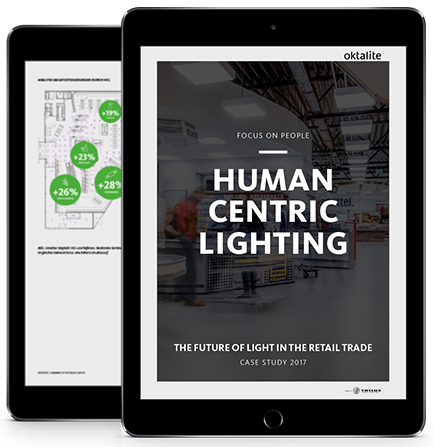
Study: “The future of light in the retail trade“
To study the effect of light on people, a case study was conducted at two EDEKA supermarkets in Lower Saxony over a total period of ten months in 2016. The study compared a supermarket with a dynamic HCL lighting concept to a reference store with static LED lighting.
In three waves both employees and customers were surveyed in the two stores with regard to well-being, satisfaction and perception of the atmosphere in the course of the day. At the same time data on time spent in the store, sales development, sickness absence of the staff and key light-related parameters were collected. The results show that under HCL conditions sales rose in some sections by up to 28 percent in comparison to the reference store during the study period.
Up-to-date: HCL in retail – the latest figures on the effects of Human Centric Lighting!
Supplementing our HCL study in 2016, the comparisons of sales statistics and sick days of the two Edeka test supermarkets from 2017 are now available – with trend-setting results: the HCL supermarket in Niedernwöhren not only achieved significantly higher sales in 2017 in comparison to the supermarket in Helpsen. The effects of the lighting and concept update were even stronger in 2017 than in the conversion and study year 2016.
Contact
Address
TRILUX Retail GmbH
Licht Campus Köln
Mathias-Brüggen-Straße 73
50829 Köln
Germany
Hotline
+49 221 59767-0
